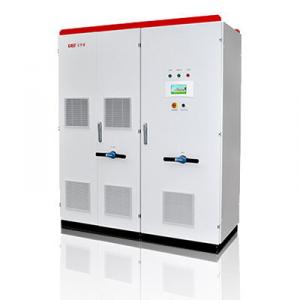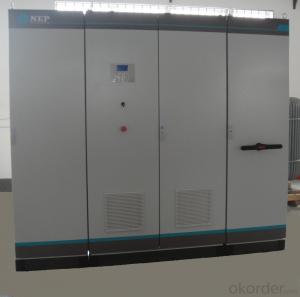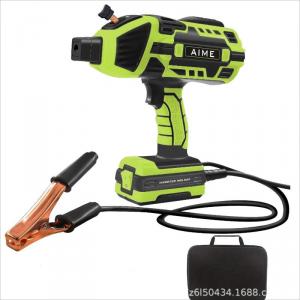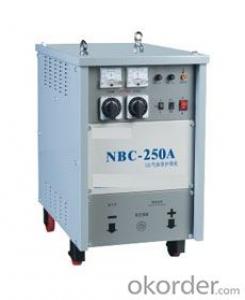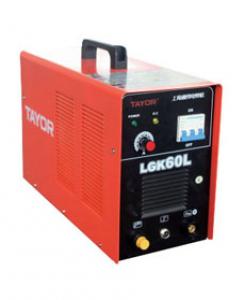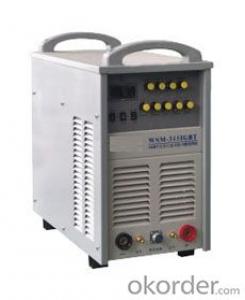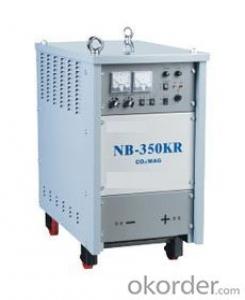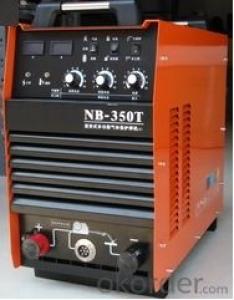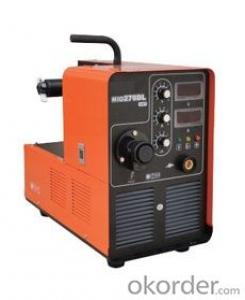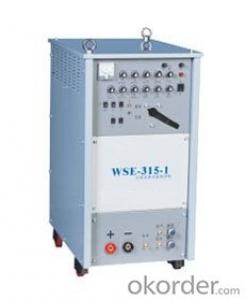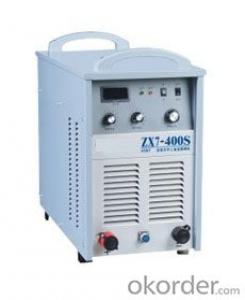Deye Solar Inverter
Deye Solar Inverter Related Searches
Deye Hybrid Solar Inverter Home Depot Solar Inverter Solar Solar Inverter Inspire Solar Inverter Solar Ready Inverter Infinity Solar Inverter Solar Energy Inverter Solar Electric Inverter Solar Smart Inverter Smart Solar Inverter Ae Solar Inverter Sunway Solar Inverter Sun Solar Inverter Easy Solar Inverter Smart Inverter Solar Solar Array Inverter Solaris Solar Inverter Sunshine Solar Inverter Inverter Solar Solar Converter Inverter Easy Power Solar Inverter Sunny Solar Inverter Power Solar Inverter Ja Solar Inverter Inverter For Solar Solar City Inverter Solar Module Inverter Sunways Solar Inverter Solar Battery Inverter Battery Solar InverterDeye Solar Inverter Supplier & Manufacturer from China
Deye Solar Inverter is a range of high-quality solar power inverters designed to convert solar energy into usable electricity for various applications. These inverters are engineered with advanced technology to ensure maximum efficiency and reliability, catering to the growing demand for sustainable energy solutions. They are widely used in residential, commercial, and industrial settings, making them a versatile choice for harnessing solar power. Deye Solar Inverters are known for their durability and performance, making them a popular choice among solar energy enthusiasts and professionals alike.The Deye Solar Inverter is utilized in a variety of scenarios, including off-grid systems, grid-tied systems, and hybrid systems. In off-grid systems, these inverters provide a reliable power source for remote locations without access to traditional electricity grids. In grid-tied systems, they enable the seamless integration of solar energy into the existing power grid, allowing users to reduce their reliance on fossil fuels and lower their energy bills. Hybrid systems, on the other hand, combine the benefits of both off-grid and grid-tied systems, offering a flexible and resilient energy solution. Deye Solar Inverters play a crucial role in these systems, ensuring that solar energy is harnessed and utilized effectively.
Okorder.com is a leading wholesale supplier of Deye Solar Inverters, offering a vast inventory of these products to cater to the needs of various customers. With a strong commitment to quality and customer satisfaction, Okorder.com ensures that each Deye Solar Inverter is thoroughly tested and inspected before being shipped to customers worldwide. This extensive inventory allows Okorder.com to provide competitive prices and fast delivery times, making them a reliable choice for those seeking to purchase Deye Solar Inverters for their solar energy projects.
Hot Products






